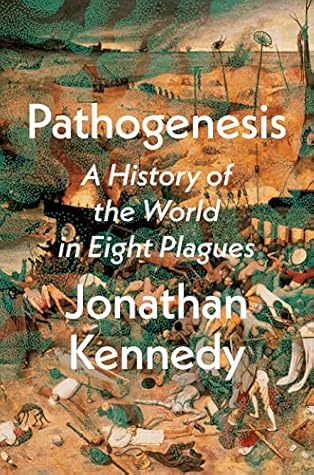More on this book
Community
Kindle Notes & Highlights
Read between
August 5 - August 10, 2025
yet there is evidence of only one infectious disease being transmitted from Native Americans to Europeans: syphilis. Its mysterious origins are evident in the different names it acquired as it spread through the Old World in the late fifteenth and early sixteenth centuries.
The fact that diseases caused by Old World pathogens almost exclusively killed Native Americans was interpreted on both sides as an unequivocal sign that God or the gods supported the Spanish invaders. It added to the conquistadors’ belief in the righteousness of their gory, greedy mission.
The Native Americans were ripe for conversion to what, based on the evidence they had available to them, appeared to be a far superior religion. They embraced Catholicism with a fervor that is still very much apparent: today, 40 percent of the world’s Catholics live in Latin America.
The Spanish succeeded in colonizing the Americas because they were aided by bacteria and viruses. The Norse were not and failed. In fact, because of their own isolated existence, the European inhabitants of Greenland and Iceland were almost as vulnerable to Old World pathogens as the indigenous people of the New World.
cholera was the “classic epidemic disease of Europe in the age of industrialization.”
Vibrio cholerae spreads via water contaminated by the feces of an infected person. When it reaches the gut, the immune system attacks it. But there’s a twist: as the pathogens die, they release an incredibly powerful toxin that causes the plasma—the transparent liquid component of our blood—to drain into the intestines. From there, it is expelled from the body through explosive diarrhea and projectile vomiting. In severe cases, victims can lose a quarter of the body’s fluid within a few hours. Severe dehydration makes sufferers appear shriveled.
Cholera continued to terrify even after it had killed: in some cases, due to post-mortem muscle contractions, the limbs of corpses twitched violently after death, giving the impression that the carts carrying victims’ bodies for burial were teeming with life.


